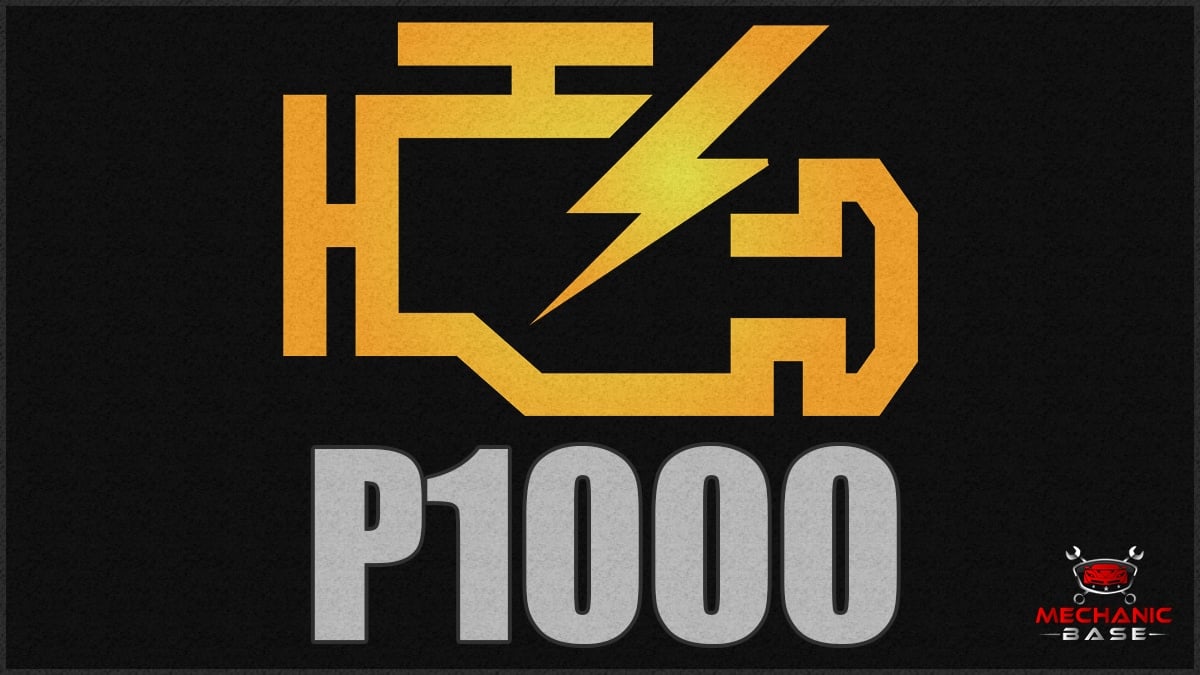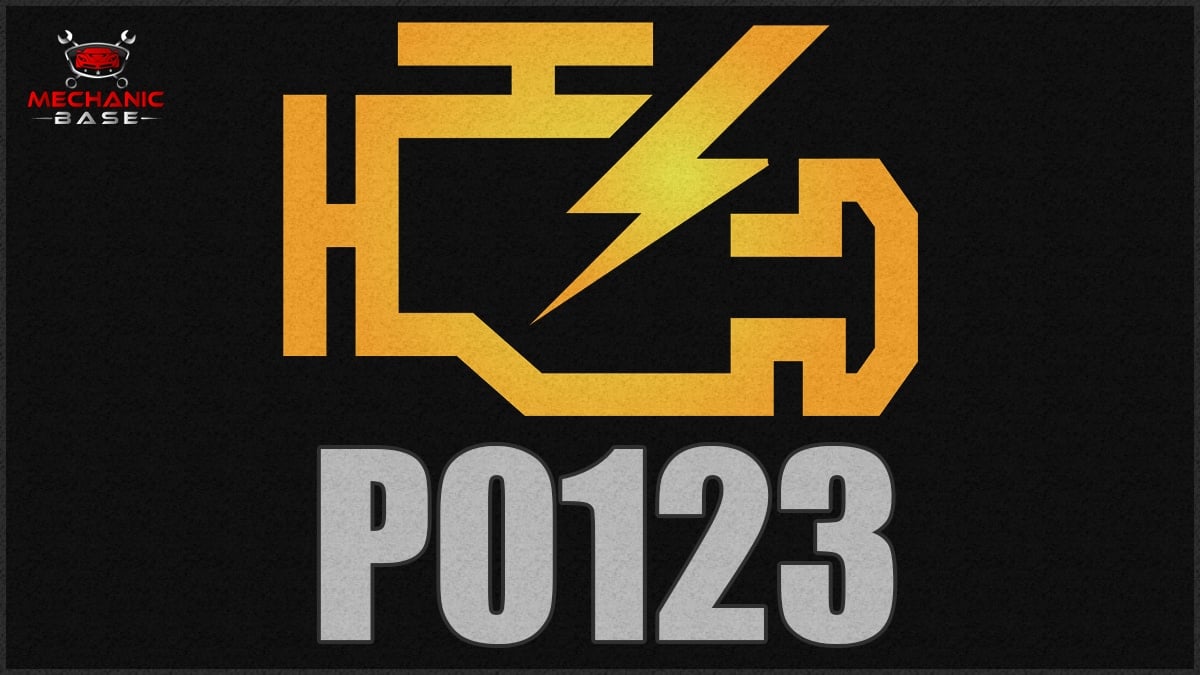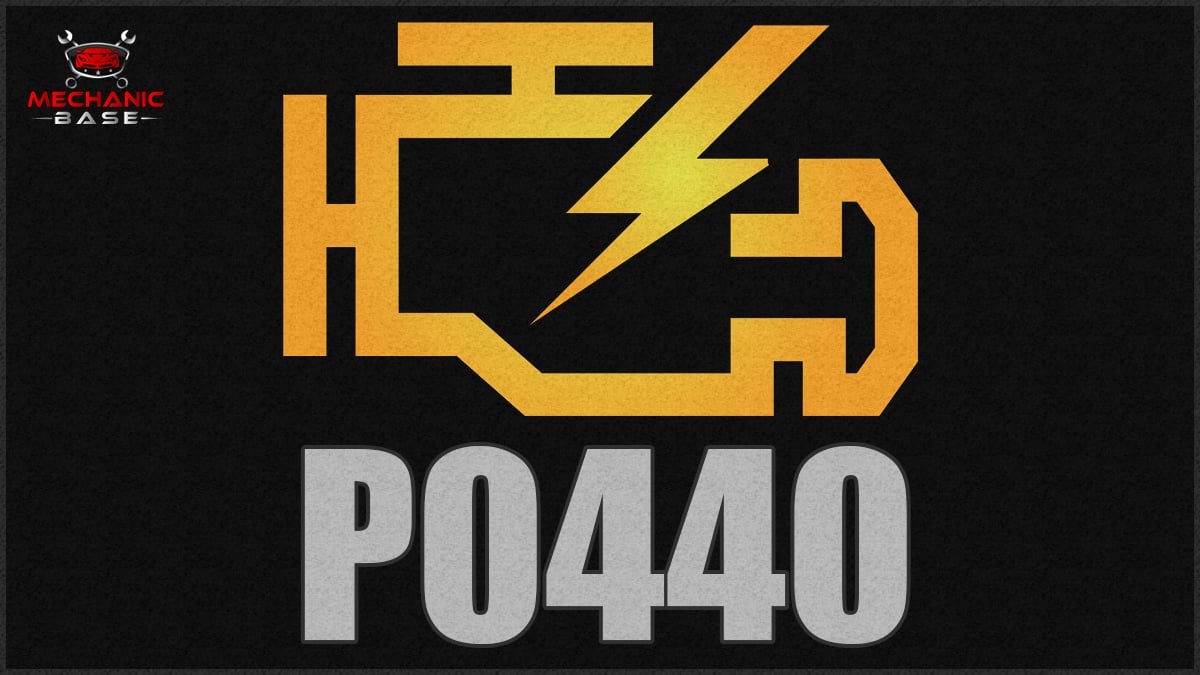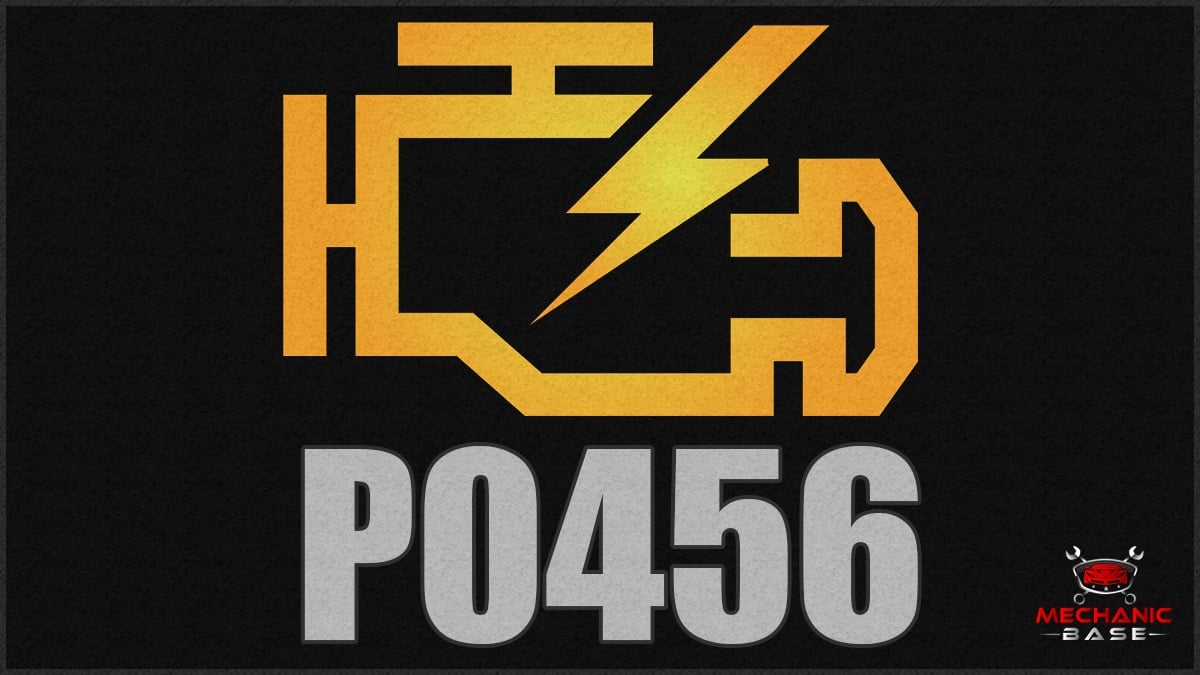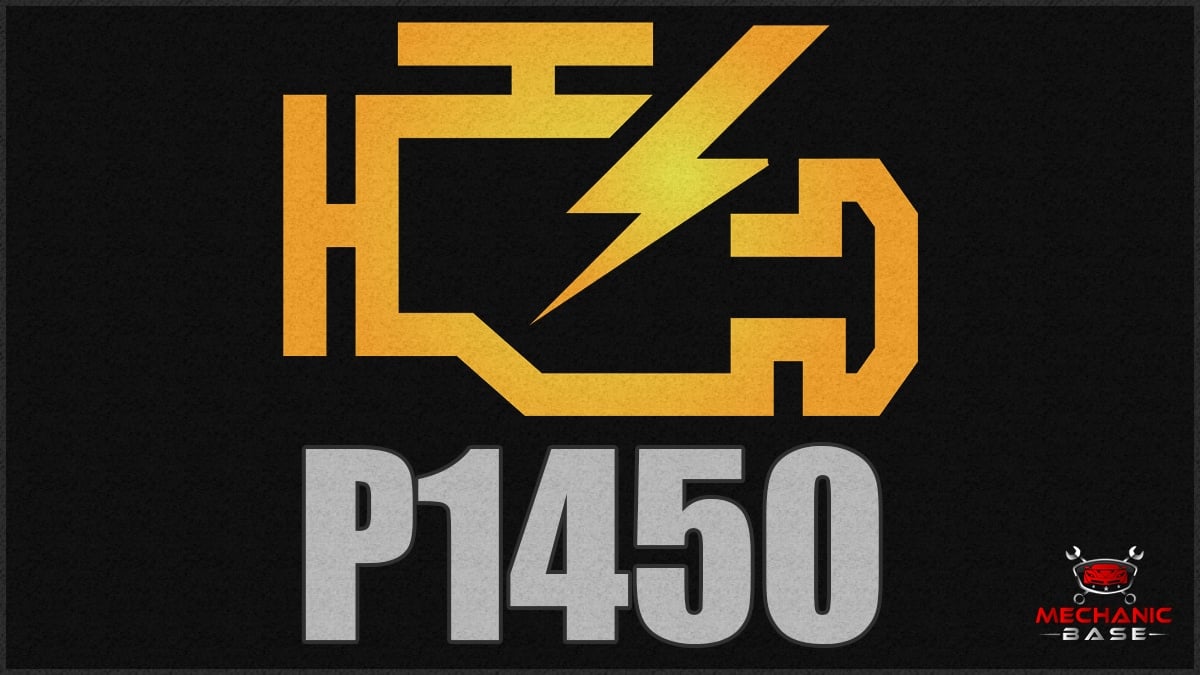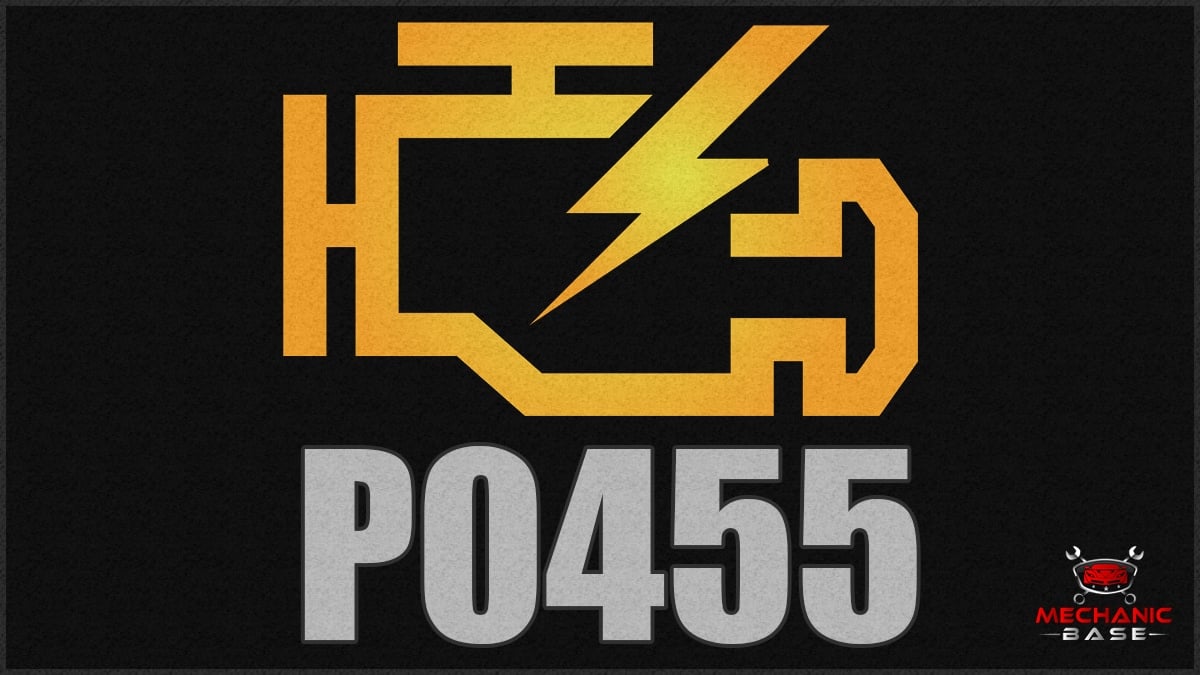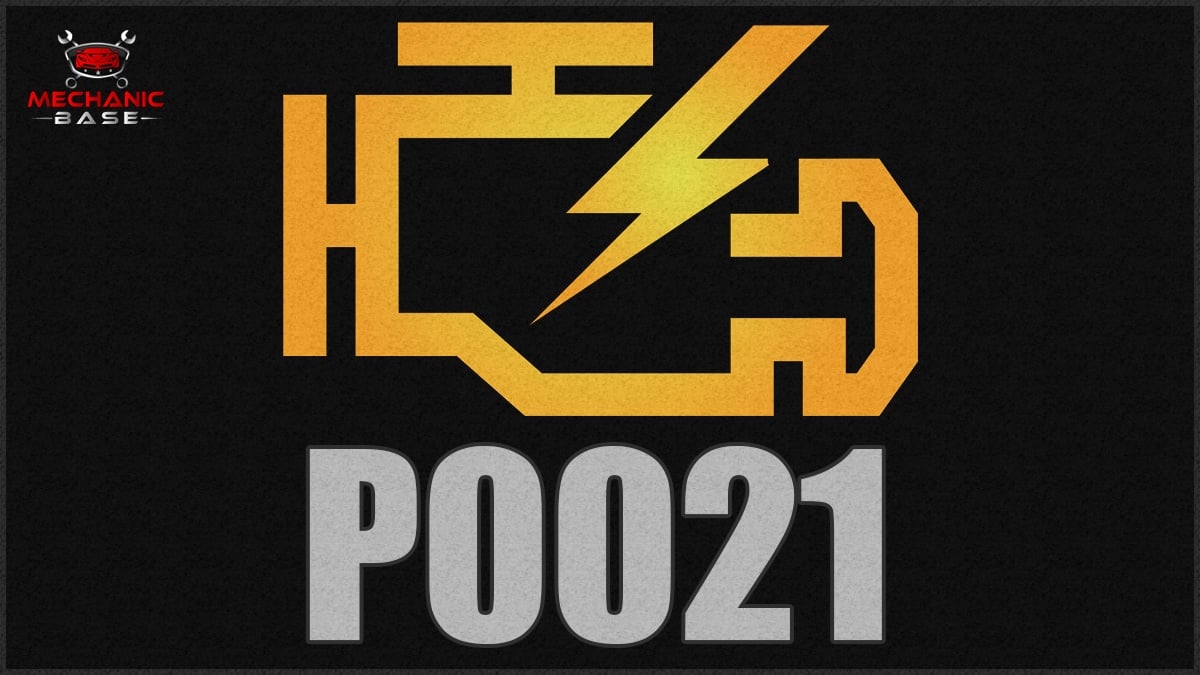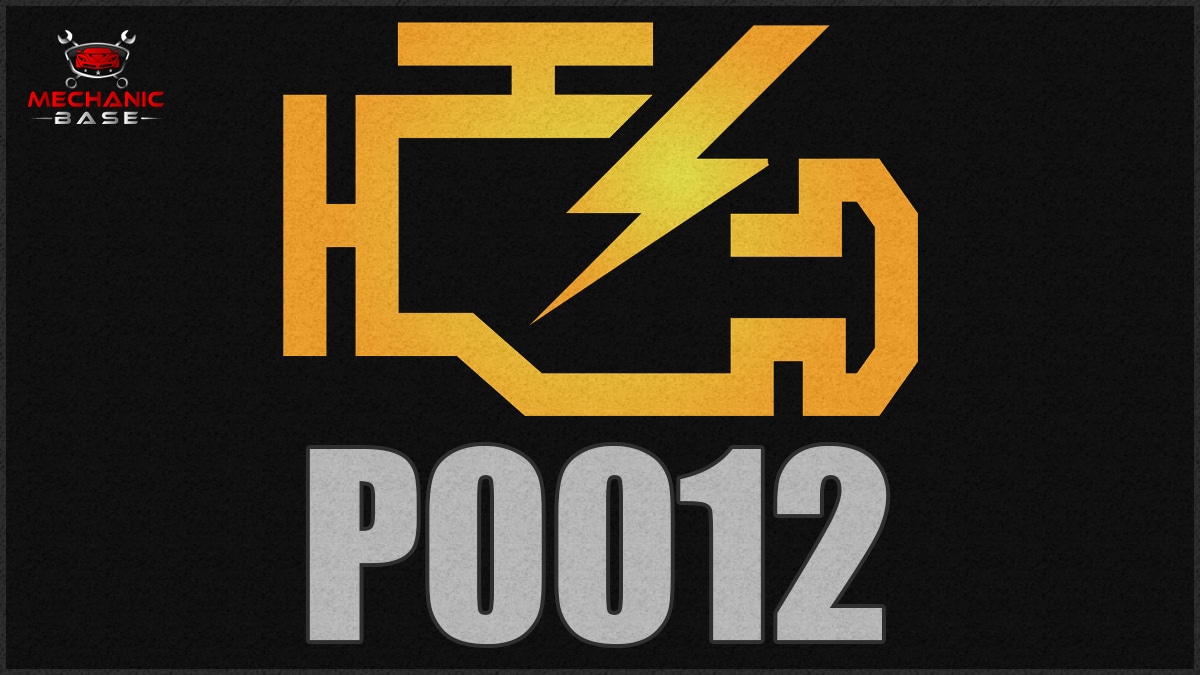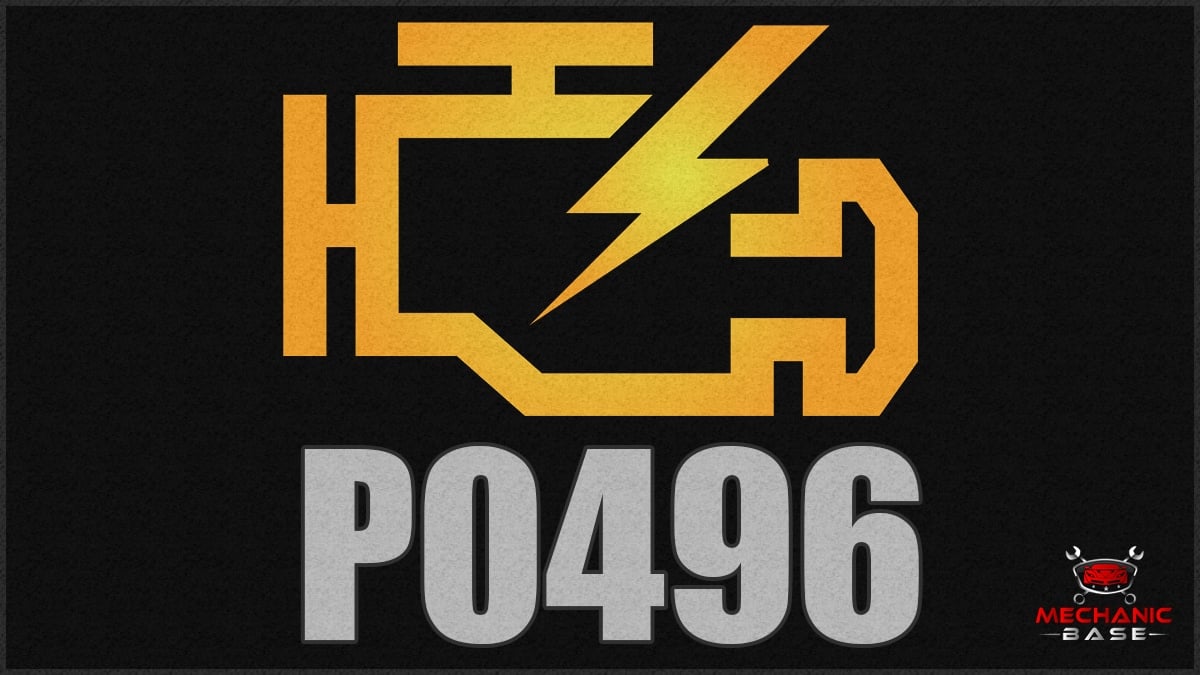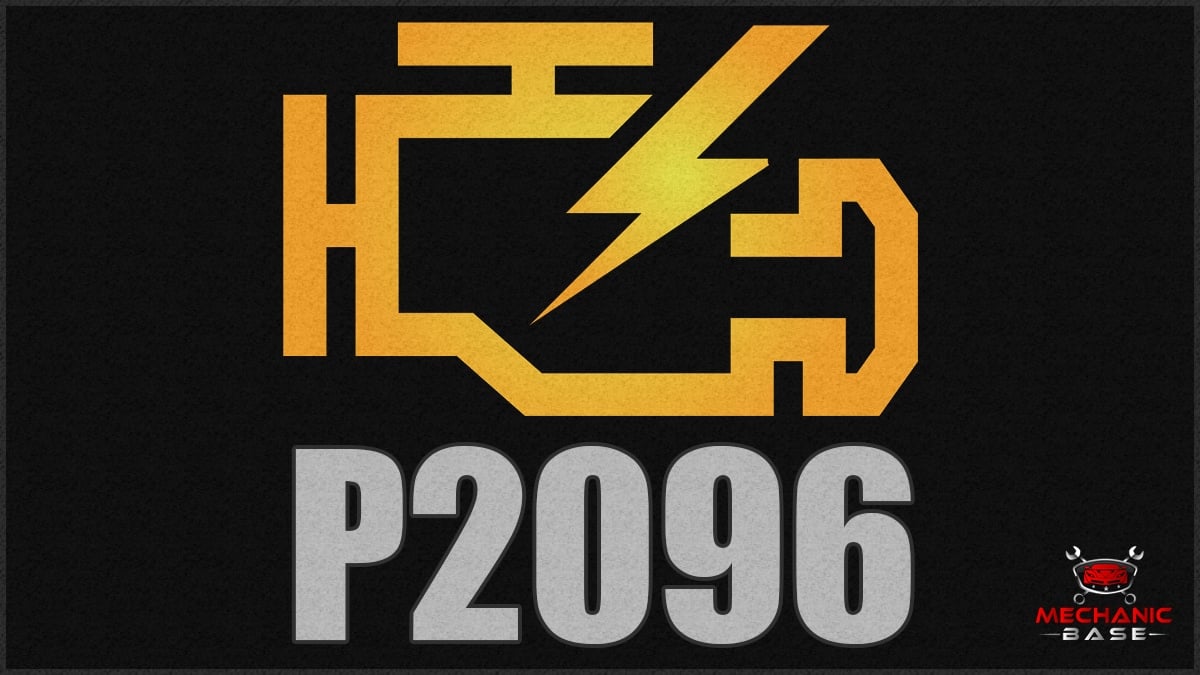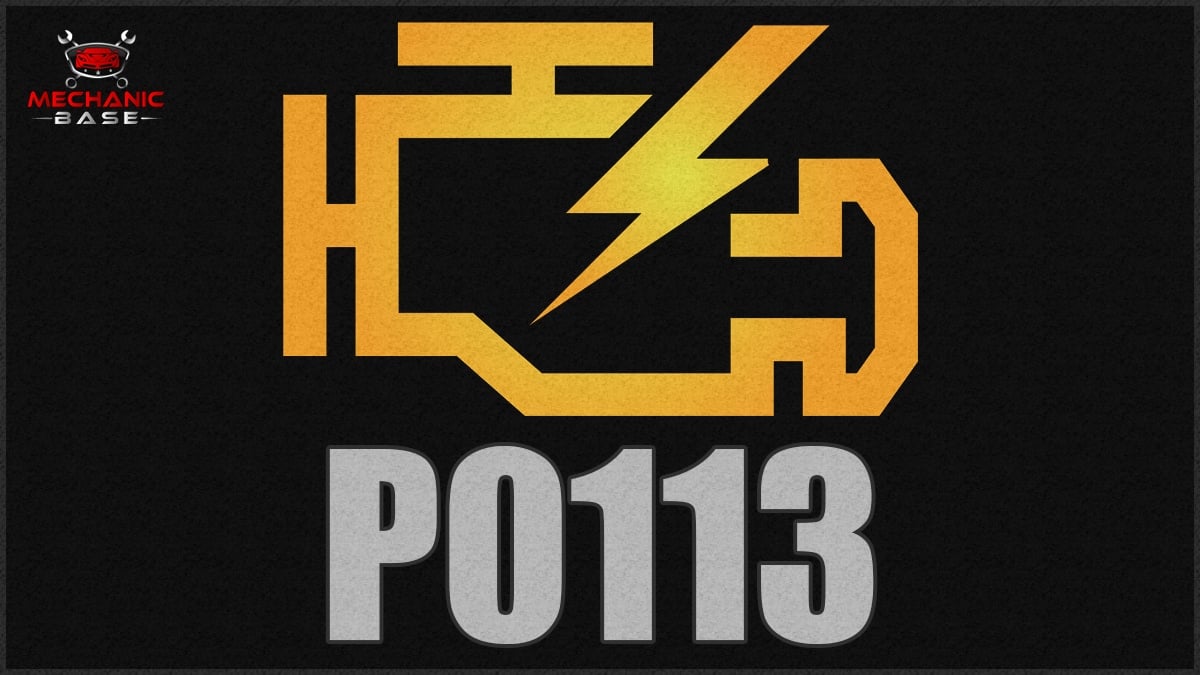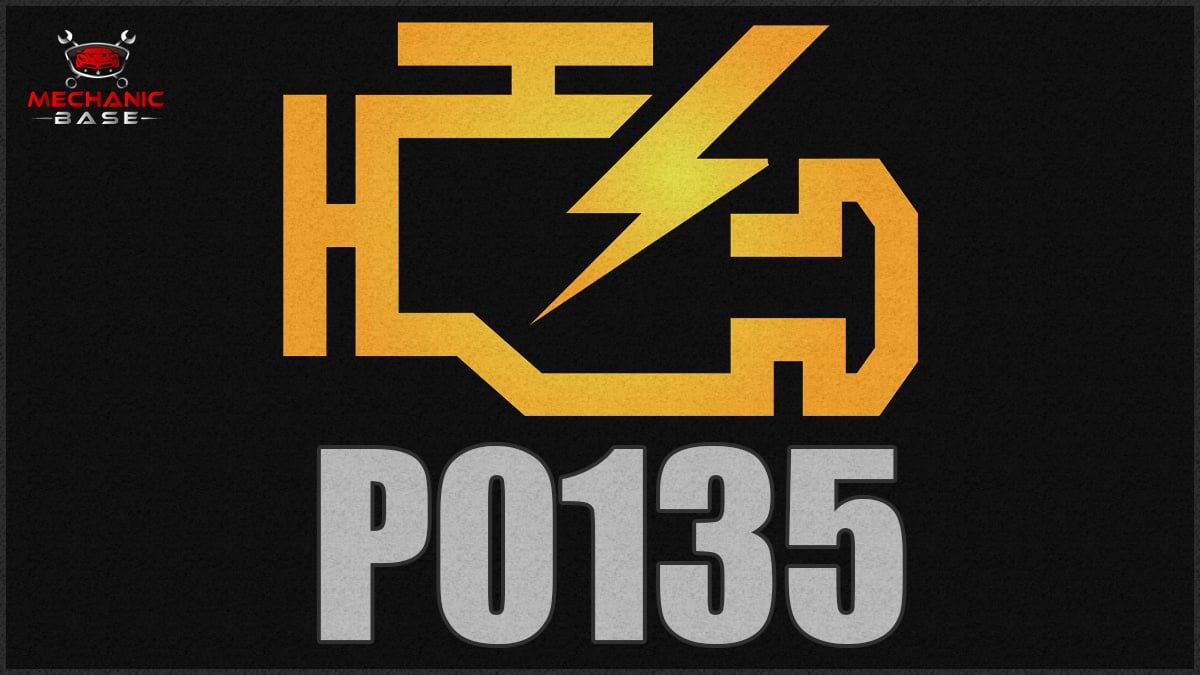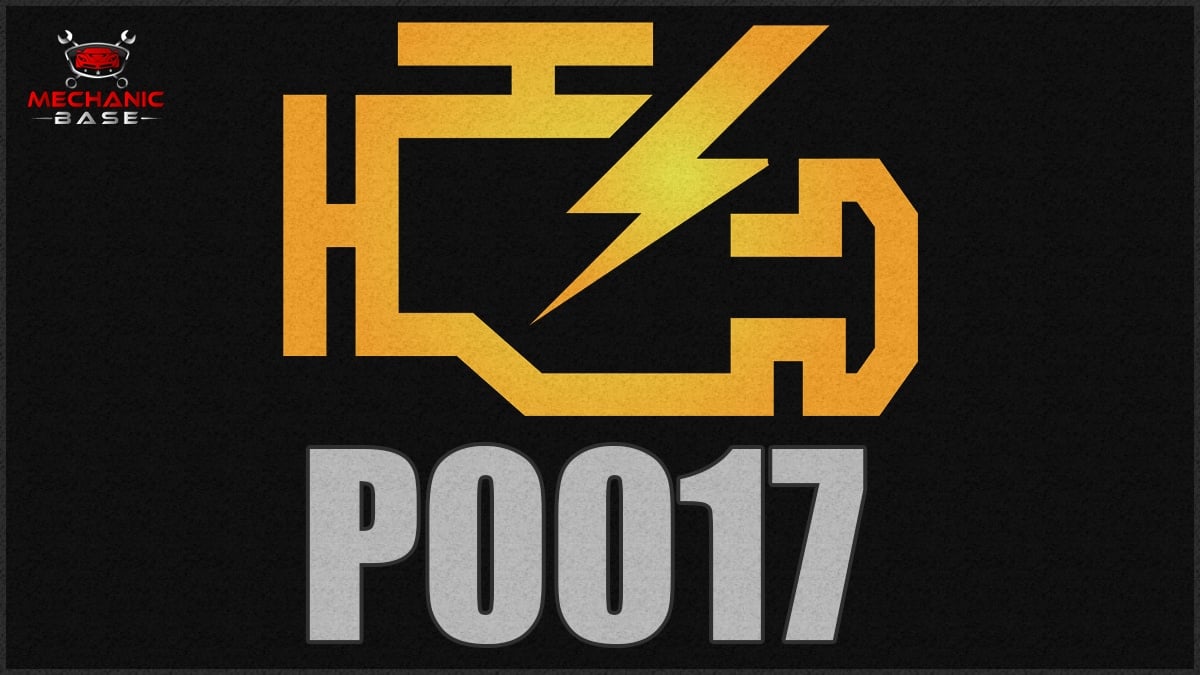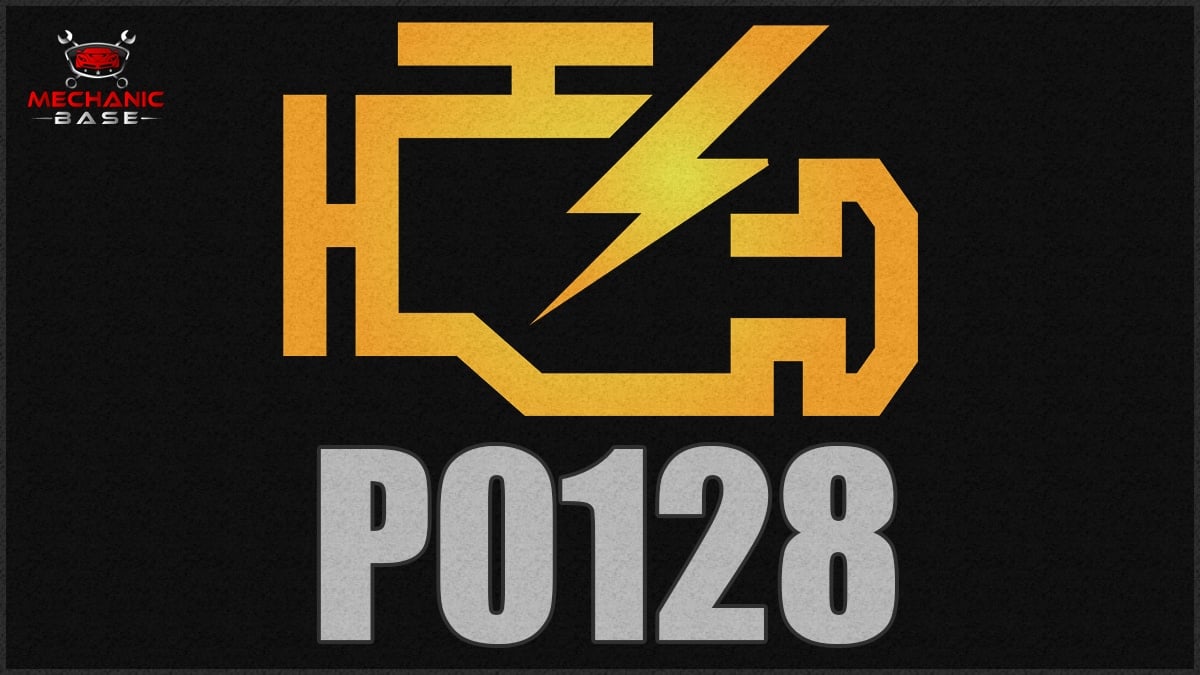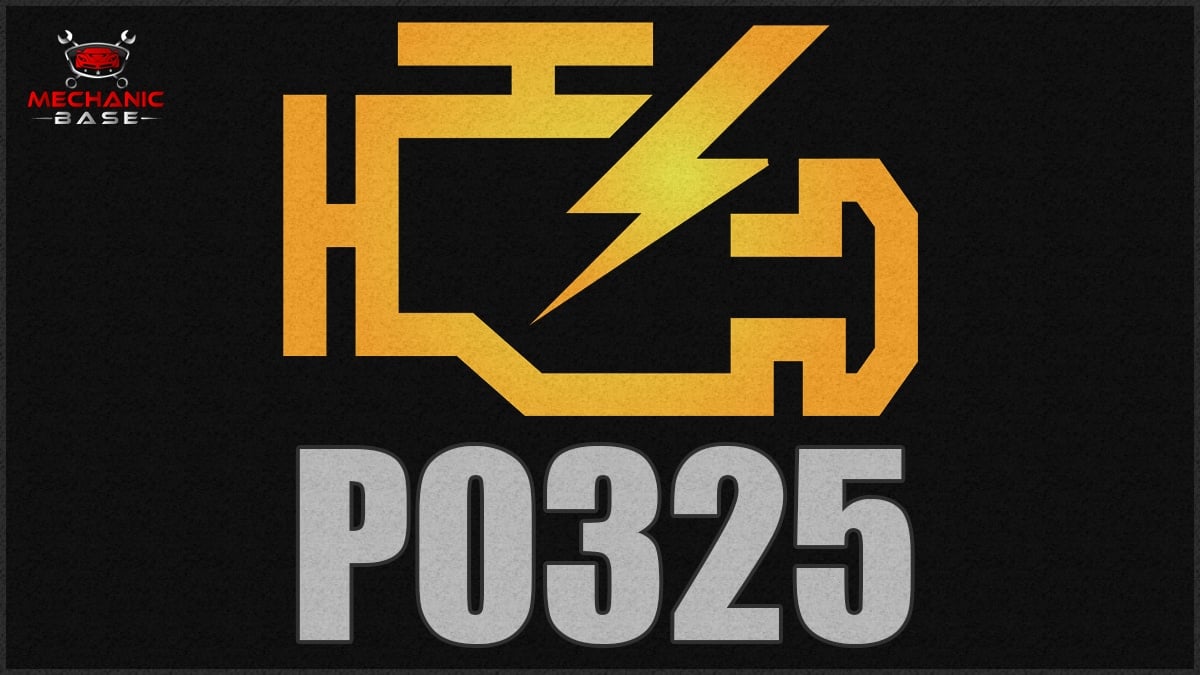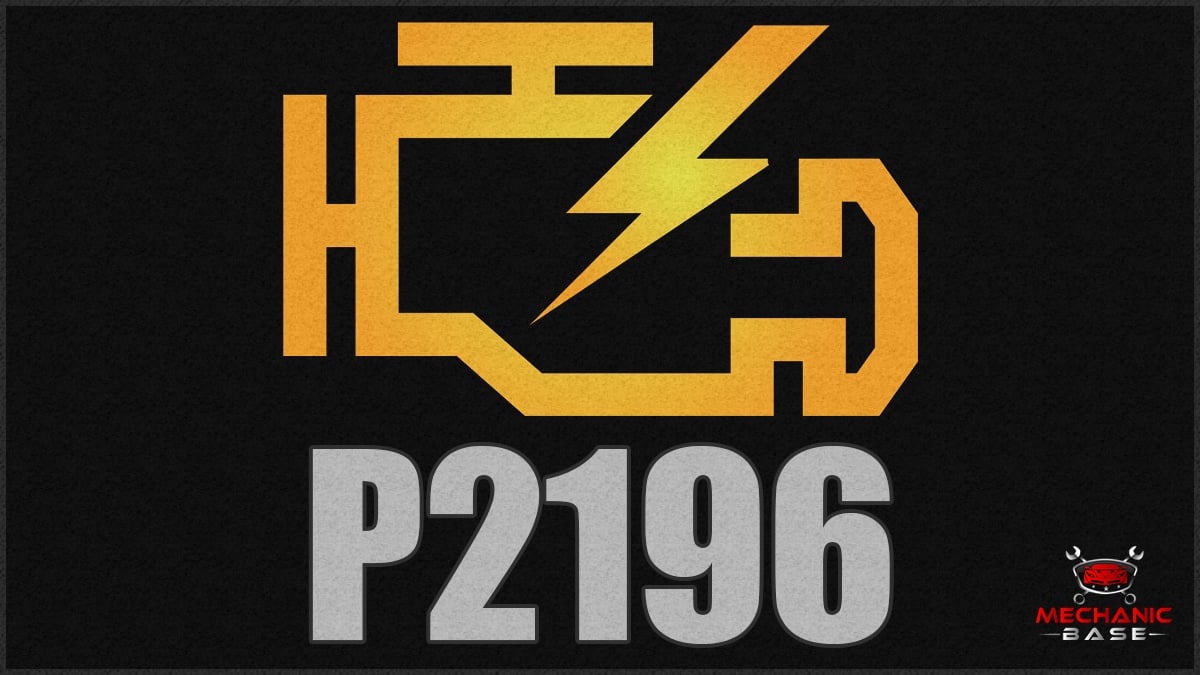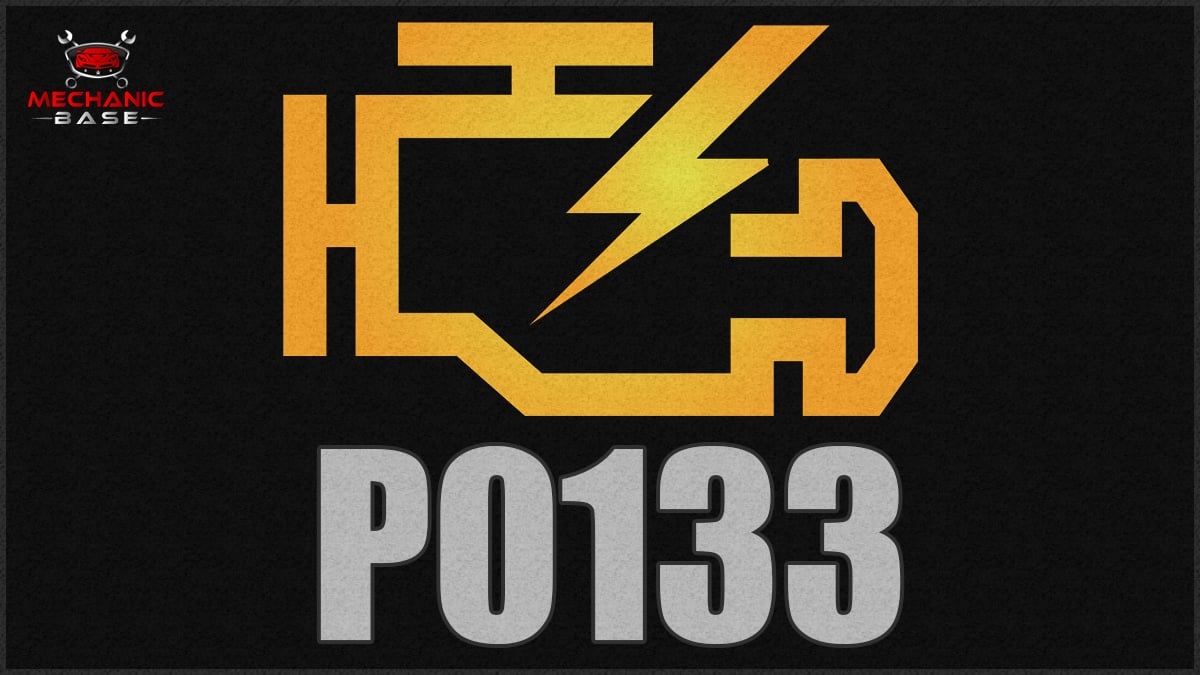The P1000 code is one that can be a little tricky to understand, especially because it has different meanings across brands. Yet, it’s imperative to understand the purpose of the P1000 trouble code, so you know what to do next.
In this guide, we cover the varying definitions of the P1000 DTC. We also look at its top symptoms, causes and discuss the potential fixes. We even look at some relevant codes that tend to show up with this one. At the end of the guide, we take a minute to cover the answers to your top questions.
Code P1000 Definition
The exact definition of the P1000 trouble code varies by manufacturer. Here are a few of the most popular definitions.
P1000 (Ford) – OBDII Monitor Testing Not Complete
P1000 (KIA) – System diagnosis incomplete
P1000 (Jaguar) – System readiness test not complete
P1000 (Mazda) – OBDII Drive Cycle Malfunction
P1000 (Land Rover) – Engine control module (ECM) memory erased – no codes stored
What Does the P1000 Code Mean?
P1000 is considered a manufacturer-specific code. It is not universal. However, even though the terminology is somewhat different among brands, the meaning is the same. For example, Ford/Jaguar shows that OBDII monitoring is incomplete, but Mazda says it has an OBDII drive cycle malfunction.
Either way, the P1000 code is showing that the system isn’t able to complete the full diagnostic check it is intended to. These checks normally occur at startup, so the computer knows if any faults are present. With active faults, the codes are stored in the system and the Check Engine Light comes on so you are alerted. When the system goes through another diagnostic check, everything may run fine and the code will reset, causing the light to turn off.
What Are The Symptoms of P1000?
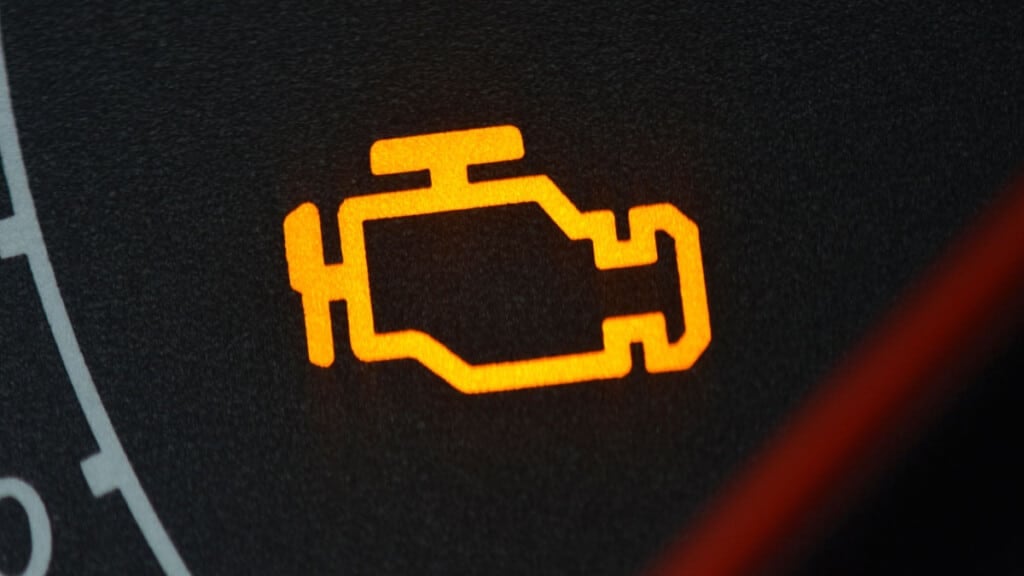
Most often, the P1000 doesn’t have any symptoms with it other than the warning light on the dashboard. Unless there are other problems occurring at the same time, you won’t notice any issues.
Here’s what might happen:
- Check Engine Light
- Additional stored codes are present, depending on what other issues occur
What Are The Causes of P1000?
When the P1000 code sets, there aren’t many reasons for it. Normally, it is just letting you know that the drive cycle check wasn’t complete. Here are some possible reasons for this code.
- Battery recently disconnected
- Powertrain control module (PCM) disconnected
- OBDII monitor failure occurs before drive cycle completion
- DTCs got deleted before codes got resolved
How Serious is the P1000 Code?
Low – In the majority of cases, there’s nothing to be too alarmed about. If this is the only code set in the system, it’s probably not a big deal. In fact, it could resolve itself the next time the system runs a check. If the code doesn’t disappear on its own, you need to jump down to our diagnostic steps.
Of course, if other codes are present, you will have a better idea of what to do. You want to deal with those first. The P1000 code should be the last one to be considered after the others are resolved.
How Do I Fix the P1000 Code?
Most likely, you won’t need to do anything to repair this P1000 code. If there’s nothing wrong, the code is going to reset itself during the next check. At that point, the light will go off.
Here are three things to consider:
- Let the car run through the basic drive cycle to see if the code resets.
- If there are other codes present, you want to repair these first.
- If you can’t get the code to reset, take the vehicle to your local mechanic.
Common P1000 Diagnosis Mistakes
As a manufacturer-specific trouble code, you need the information from the manufacturer to diagnose and resolve the problem. The steps you take may be different for your Ford truck than they are for a Jaguar sports car. Look in the factory service manual for more information.
At the same time, you want to use your compatible code scanner to look for other codes. Don’t overlook the possibility that the other faults are leading to the P1000 DTC.
How to Diagnose the P1000 Trouble Code?
If you take your vehicle to a professional mechanic, they will follow these steps to get rid of the P1000 code. You can follow the same steps because they don’t require a lot of expertise or equipment.
- Connect your compatible scanner to see what codes are present. You can also use the freeze frame data for more advanced diagnosis.
- If there are other codes, reference the online trouble code library to see what faults are showing up. You want to repair these first. In a minute, we discuss some of the codes you may see.
- After you repair the other faults, clear out the computer. This should turn off the Check Engine Light.
- Start the engine to begin the drive cycle. Let it idle for a few minutes to see if the light comes back on. Some manufacturers have a specific procedure for this, so reference your service manual.
If the light doesn’t come back on, there’s nothing else you need to do. Otherwise, you may want to contact your local mechanic for more help beyond these steps.
How Much Does It Cost To Fix Code P1000?
It shouldn’t cost any money to get rid of the P1000 code. The only thing that’s probably going to cost you money is the other faults that need to be repaired. If running the car through a drive cycle doesn’t make the code go away, you may need to take the vehicle to a mechanic for professional repairs.
However, if you are able to resolve the other issues yourself, you would only need to pay the cost of the parts. While fixing a car yourself can take some time, depending on the issue, it often pays off in the money that’s saved and in the confidence you gain.
A Mechanic’s Tips About The P1000 Code
Most often, when the P1000 code shows up, it’s because there’s another fault leading to issues with the drive cycle completion. While any diagnostic trouble code could make this fault occur, these are some of the most common DTCs that led to the P1000 code. Here are some you may see.
- P0171 – System Too Lean (Bank 1)
- P0174 – System Too Lean (Bank 2)
- P1001 – Key on Engine Running (KOER) Not Able to Complete, KOER Aborted
- P1101 – Mass Air Flow (MAF) Sensor Out of Self-Test Range
- P1299 – Cylinder Head Over Temperature Protection Active
- P1405 – Differential Pressure Feedback Sensor Upstream Hose Off or Plugged
- P1639 – Vehicle ID Block Corrupted or Not Programmed
What does DTC code P1000 mean?
Usually, it just means that something interrupted the drive cycle testing. It could be another fault that’s interfering. In rare cases, there could be an issue with the PCM that’s leading to the difficulty, but this problem usually shows up with other symptoms. One more run through the drive cycle may cause the code to reset.
Is code P1000 serious?
Not usually. In most cases, it just means that something interrupted the drive cycle testing. This occurs when you start the car and the system checks for any issues. If the car can’t run through its testing, the P1000 code is set. Usually, the code resets itself during the next testing as long as nothing is wrong.
Can I drive with a P1000 code?
You should be able to continue driving if there are no other symptoms occurring. However, if there are other codes and faults present, you want to deal with them as soon as you can to avoid further damage. It’s important to get the Check Engine Light off so that you know when something else goes wrong.
What is a drive cycle on a car?
The drive cycle is the standardized testing procedure that occurs when you first start the vehicle. It’s part of the onboard diagnostic (OBD) system installed in all of today’s vehicles. This testing measures the performance of vital systems, such as the transmission, engine and emissions control, ensuring everything runs as intended.
While many trouble codes are enough to get your heart pumping, this doesn’t need to be one of them. Yes, there are rare cases when it indicates that something is seriously wrong, but that’s not typical. Instead, there’s likely just a reason for the drive cycle to be interrupted and the problem will resolve itself the next time it cycles through.
If there are other faults with the systems, you may see the P1000 code in conjunction with whatever is wrong. Your best bet is to fix the other problems first and see if the P1000 DTC goes away. If it doesn’t, you can always reach out to a trusted mechanic for more guidance.
Categories: OBD Codes
